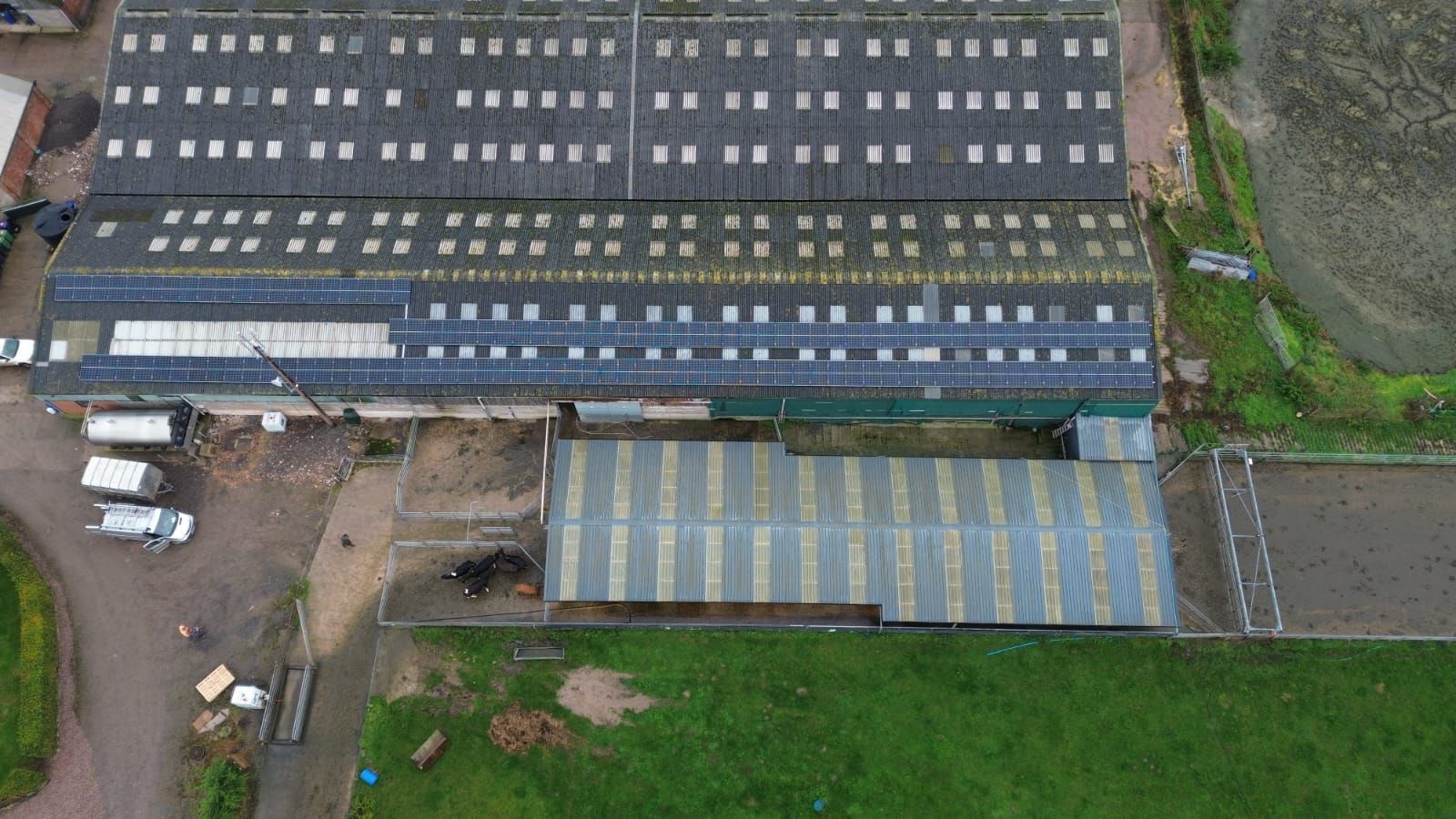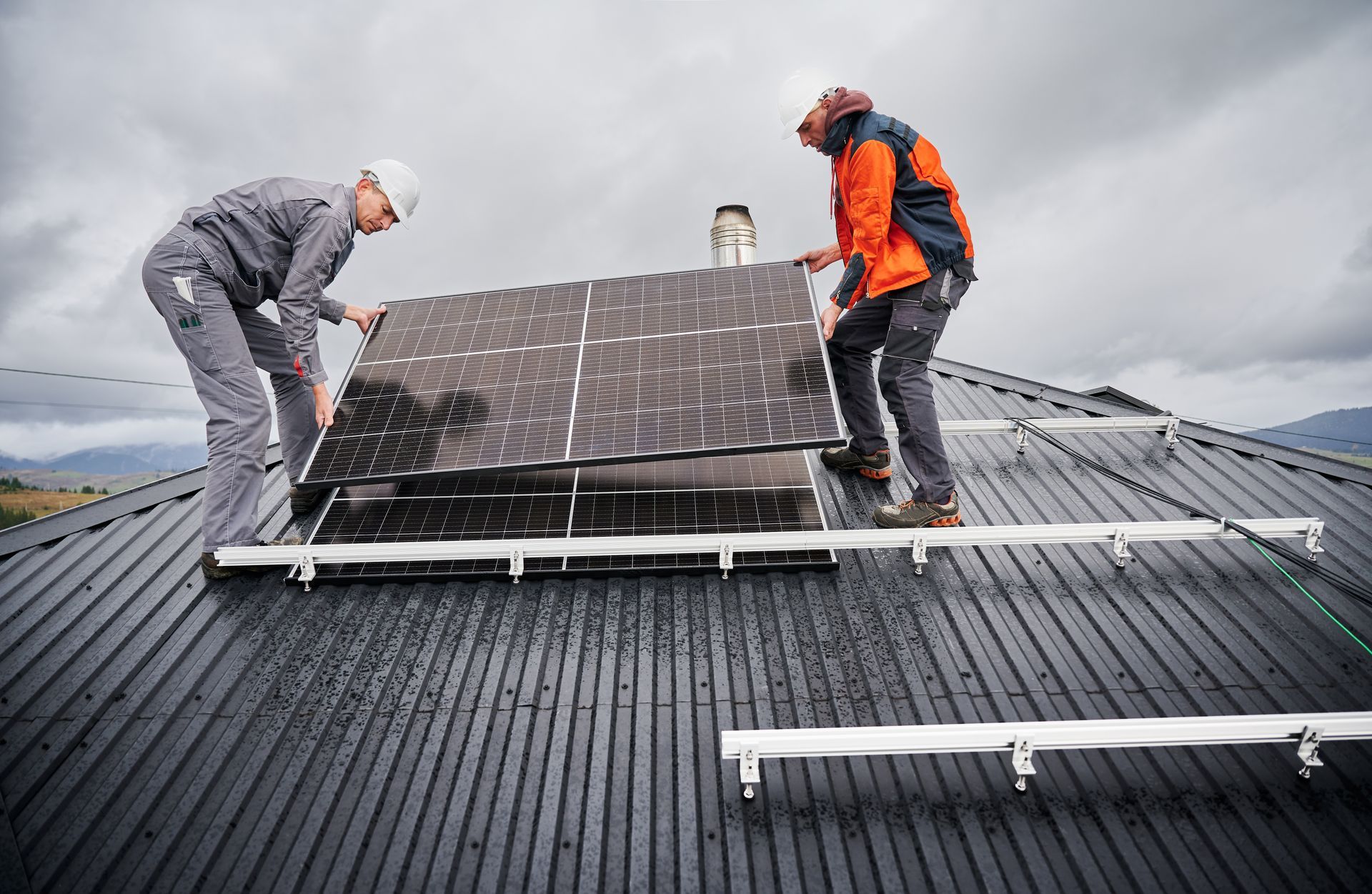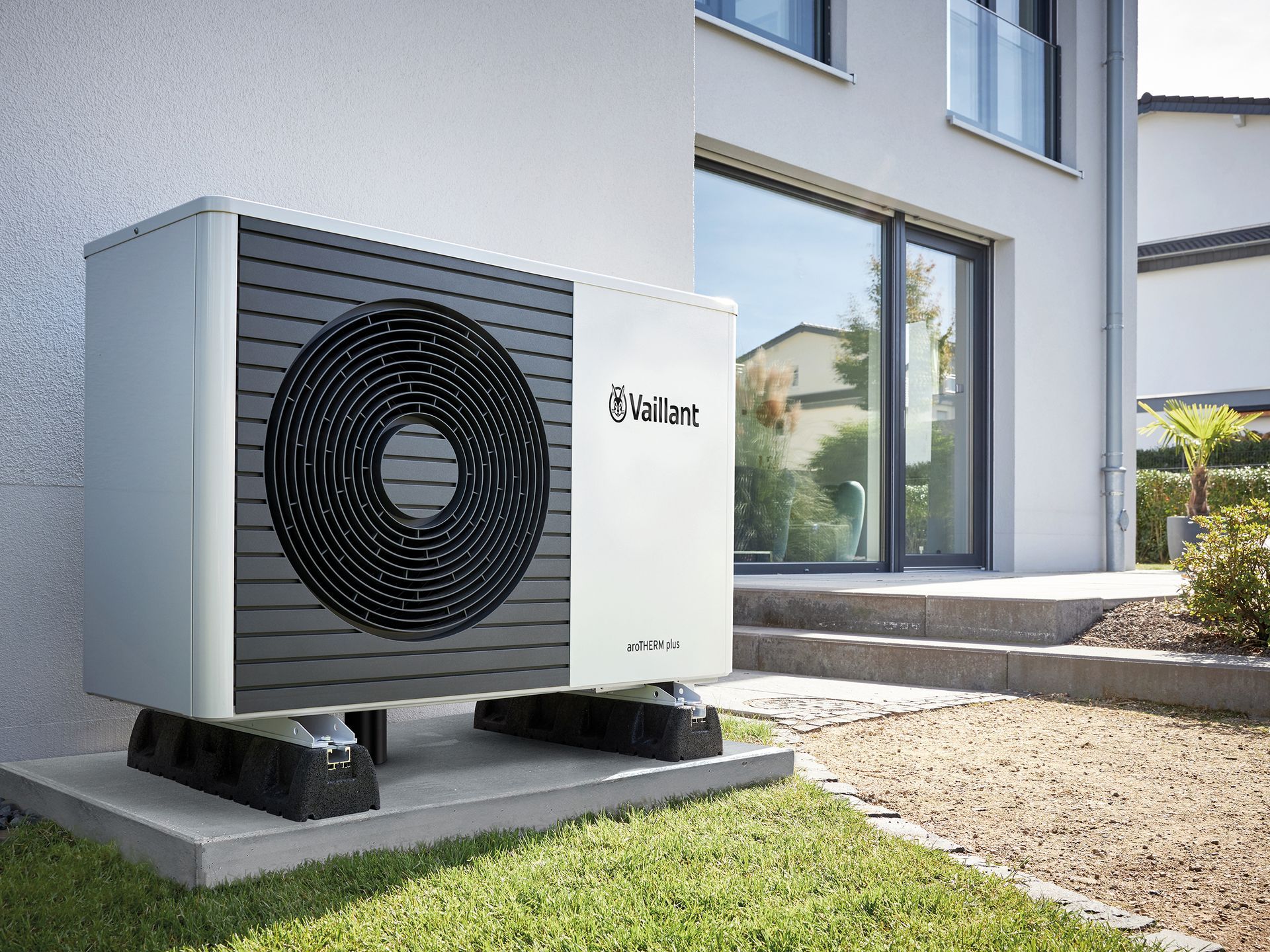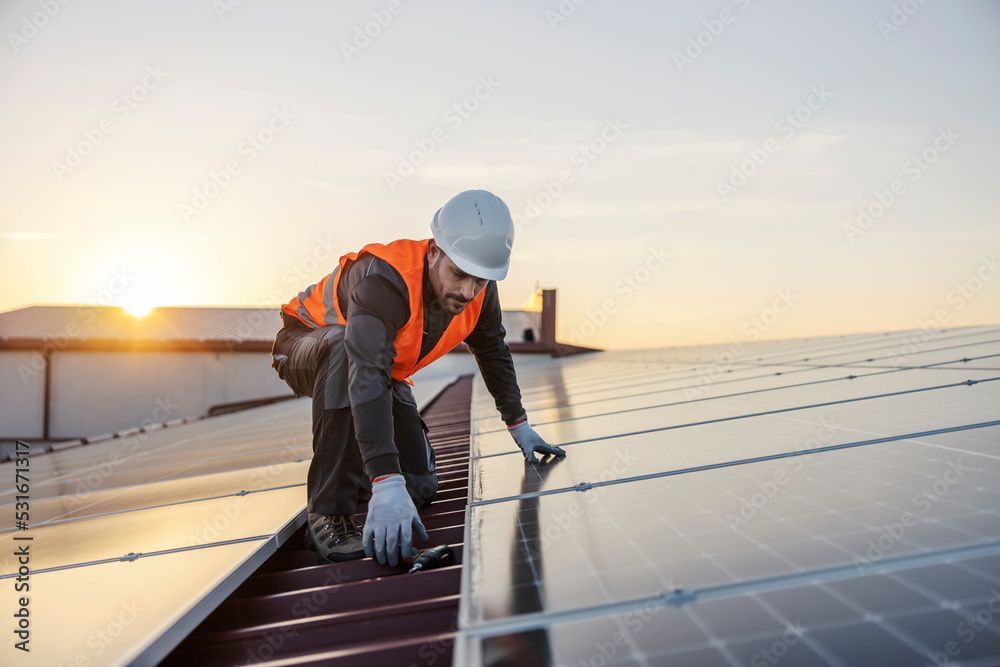
T: 01244 952496


Slide title
Button
Heat Pumps
Using heat from the air to heat your home
Air source heat pumps work by transferring heat from the outside air to water, which is then used to heat your home or provide hot water. Some air source heat pumps also work as a cooling system in the warmer months. Most commonly they are installed outside of a building.
Save up to £7,500 with the Boiler Upgrade Scheme
Available from April 2022 as part of the government’s Heat and Buildings Strategy, this scheme is for households to receive up to £7500 towards upgrading their gas or oil boiler to a low-carbon heating system, such as a heat pump. HSB Renewables can help you to apply for this scheme and manage the process so there is no hassle for you.
Factors for businesses considering solar PV
- Manufacturers we work with:
Va
- Space limitations: Depending on the size of the business and available roof space, it may not be feasible to install enough solar panels to meet energy needs.
- Maintenance and repair: Solar panels require regular maintenance and occasional repairs, which can add to the overall cost of the investment.
- Location: The amount of sunlight a business receives can vary depending on its location, which can impact the efficiency and effectiveness of solar panels.
Servicing & Repairs
Air source heat pump servicing is a routine maintenance check that ensures the heat pump is running efficiently and effectively. A professional technician should service the heat pump annually, or as often as the manufacturer recommends. Prices start from £100 + VAT
- Visual inspection: Check the heat pump and its components for wear or damage
- Electrical safety check: Ensure electrical connections and controls are working properly
- Clean: Clean the outdoor unit and filter if fitted
- Check temperature and efficiency: Check that correct flow temps are being used for the most efficient operation.
-
How long does it take to complete a solar PV installation for a business?
The time it takes to complete a solar PV installation for a business can vary depending on a variety of factors, such as the size of the system, the complexity of the installation, and the availability of materials and equipment. However, a typical solar PV installation for a business can take anywhere from several weeks to a few months to complete.
Here is a general timeline for a solar PV installation for a business:
1. Site assessment and design: The solar panel expert will conduct a site assessment and design the solar PV system based on the energy needs of the business. This process can take a few days to a few weeks.
2. Permitting and approvals: The solar panel expert will obtain the necessary permits and approvals from relevant authorities. This process can take several weeks to a few months.
3. Equipment procurement: The solar panel expert will order and procure the necessary equipment, such as solar panels, inverters, and mounting hardware. This process can take a few days to a few weeks.
4. Installation: The solar panel expert will install the solar panels and connect the system to the electrical grid. This process can take several days to a few weeks, depending on the size and complexity of the system.
5. Inspection and commissioning: The solar panel expert will conduct a final inspection of the system and ensure that it is working properly. This process can take a few days to a week.
Overall, the time it takes to complete a solar PV installation for a business can vary depending on the specific circumstances of the installation. It is important to work with a reputable solar panel expert who can provide an accurate estimate of the timeline for the installation and keep you informed throughout the process.
-
How can I determine the amount of energy my business needs?
To determine the amount of energy your business needs, you can follow these steps:
1. Review your past energy bills: Look at your energy bills from the past 12 months to determine your average monthly energy usage in kilowatt-hours (kWh).
2. Calculate your daily energy usage: Divide your average monthly energy usage by the number of days in that month to determine your average daily energy usage in kWh.
3. Identify peak energy usage times: Determine when your business uses the most energy during the day or week, such as during peak business hours or when certain equipment is in use. This information can help you identify potential opportunities to reduce energy usage during these times.
4. Consider energy-efficient upgrades: Evaluate your business's equipment and systems to determine if there are any opportunities to upgrade to more energy-efficient alternatives, such as LED lighting or Energy Star-certified appliances.
5. Consult with an energy expert: Consider consulting with an energy expert or an energy auditor to conduct a comprehensive energy assessment of your business. They can help you identify areas of high energy usage and recommend energy-efficient solutions to help reduce your overall energy consumption.
By taking these steps, you can gain a better understanding of your business's energy needs.
 Rating
Rating

"Excellent advice, friendly service, and quality installation work. HSB helped me to choose the right system for my situation, and installed it quickly and efficiently."
MICHAEL CANNINGS

Contact
HSB Renewable Energy are a renewable energy supplier and installer based in North Wales covering areas such as Wrexham, Conwy, Chester & more. Contact a member of the team today to book in your free, no-obligation survey, and to discuss your requirements with one of our experienced specialists.
© Copyright 2025 HSB Renewable Energy. All Rights Reserved.
HSB Renewable Energy LTD Unit 1, Pendle Court Evans Way, Shotton, Deeside CH5 1QJ
Opening hours: Monday - Friday 9am to 5pm | Phone: 01244 952496
Company number: 13290917 I VAT Registration number: 387715060
Registered in England and Wales



